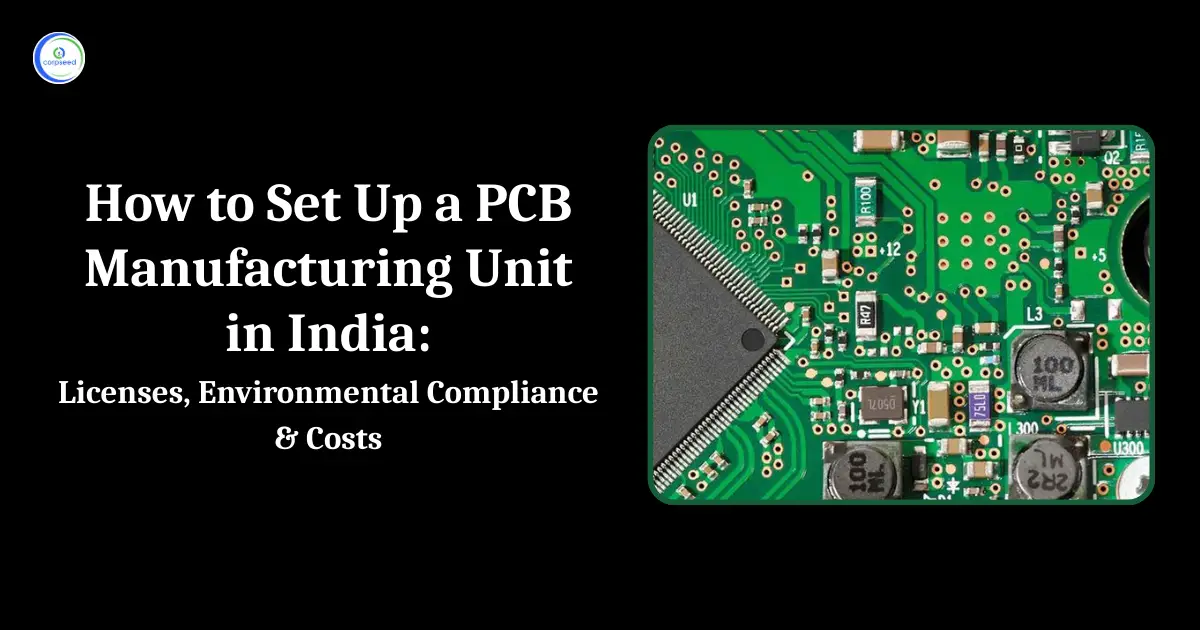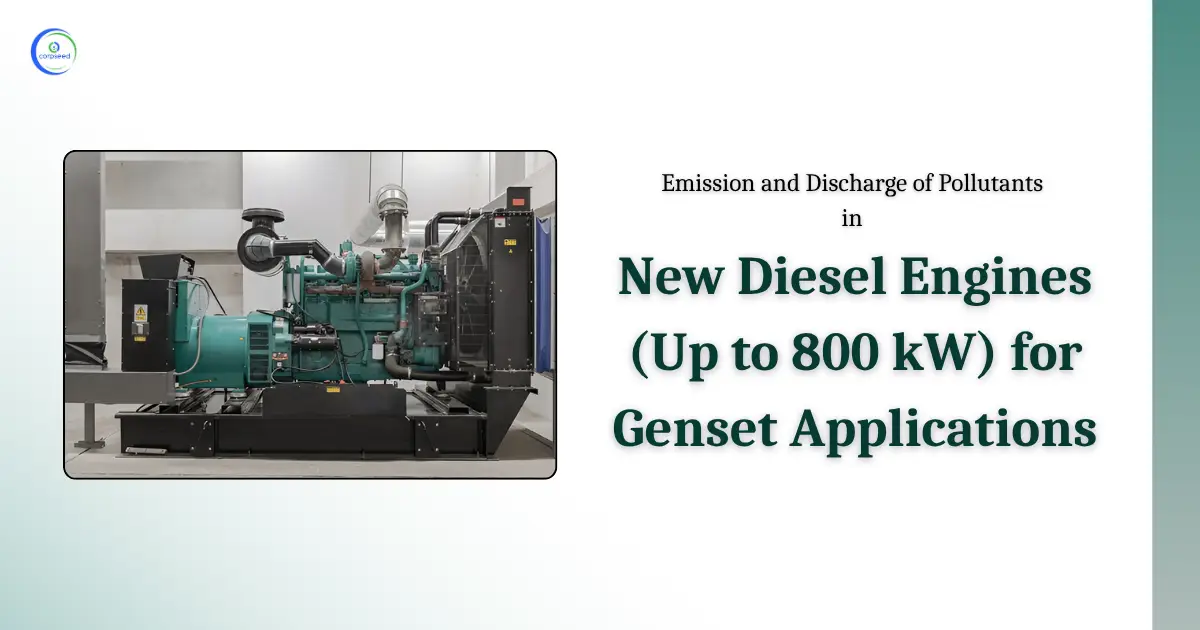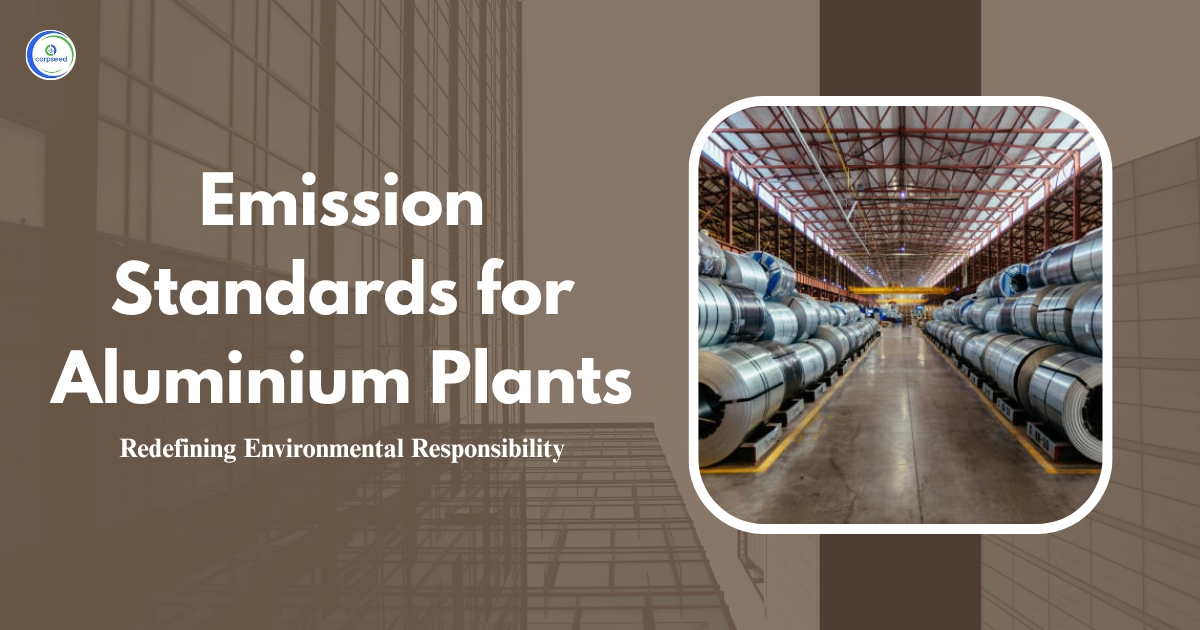Coal washeries play an important role in refining coal for industrial use by eliminating impurities. However, the washing process produces pollutants such as dust, wastewater, and solid waste, which can detriment the environment if not managed properly. The Environment (Protection) Rules, 1986, set stringent standards for emissions and effluent discharges from coal washing to reduce environmental impact and ensure regulatory compliance.
Table of Contents
- Overview of Coal Washeries
- Benefits of Adhering to the Standards for Emission or Discharge of Environmental Pollutants
- Temperature Limit for Discharge of Condenser Cooling Water from Thermal Power Plant
- Environmental Standards for Coal Washeries
- Standards for Water Quality in Coastal Waters and Marine Outfalls
- Classification of Coastal Water Quality
- Conclusions
Overview of Coal Washeries
Coal washeries are industrial facilities that process raw coal to improve its quality by removing impurities such as clay, ash, and sulfur. This cleaning process includes crushing, washing, and separating coal to produce cleaner coal that is more efficient for combustion and less harmful to the environment. Coal washing is critical for minimizing the carbon footprint of coal combustion, as it reduces the level of harmful emissions released during burning. However, coal washing produces extensive waste, including coal slurry, fugitive dust, and wastewater that must be properly managed to prevent environmental damage. These facilities are often located near coal mines and are critical to the coal supply chain, especially for industries such as power generation, cement manufacturing, and steel production, which all depend heavily on high-quality coal.
--------------Blog Contact Form-------------
Benefits of Adhering to the Standards for Emission or Discharge of Environmental Pollutants
Following to the Environment (Protection) Rules, 1986 brings a number of benefits, not only for the environment but also for industries, workers, and the public.
- Environmental Protection: By following these standards, industries can considerably minimize the release of harmful pollutants into the environment. This helps preserve natural ecosystems, averts the contamination of water bodies, and safeguards biodiversity.
- Public Health and Safety: Controlling emissions and waste helps mitigate airborne and waterborne diseases. Ensuring low levels of toxic substances such as particulate matter, oils, and heavy metals lessens health risks for both plant workers and nearby communities.
- Regulatory Compliance and Risk Mitigation: Complying with environmental standards ensures that industries avoid fines, plant closures or legal disputes, while maintaining reliability with regulators and stakeholders, such as the Central Pollution Control Board (CPCB).
- Operational Efficiency and Cost Savings: Several pollution control technologies, such as effluent treatment plants (ETPs) and wastewater recycling systems, can improve operational efficiency and reduce resource consumption. This saves costs for industries and supports long-term sustainability.
- Corporate Social Responsibility (CSR) and Market Competitiveness: Industries that comply with environmental standards enhance their corporate image and competitiveness. These companies are often more attractive to investors and consumers who prioritize sustainability.
Temperature Limit for Discharge of Condenser Cooling Water from Thermal Power Plant
Thermal power plants are vital for energy production but pose environmental challenges, especially in terms of thermal and water pollution. To address these concerns, the Environment (Protection) Rules, 1986, laid down particular standards to standardize emissions and waste discharges from thermal power plants.
- New Thermal Power Plants (Commissioned After June 1, 1999): New thermal power plants, especially those using water from rivers, lakes or reservoirs, need to install cooling towers to reduce thermal pollution discharged into natural water bodies. This rule is designed to ensure that the water temperature does not surpass the ambient temperature by a harmful margin, thereby preventing thermal stress on aquatic life.
- Thermal Power Plants in Coastal Areas Using Sea Water: Thermal power plants located in coastal areas, which use sea water for cooling purposes, must ensure that the discharge water temperature rise does not exceed 7°C above the ambient temperature of the receiving water body. This rule helps protect marine biodiversity, especially in ecologically sensitive areas such as coral reefs and mangroves.
- Existing Thermal Power Plants: For older thermal power plants, the rules allow a 10°C temperature rise between the inlet and outlet of the condenser. While this is more tolerant, it still confirms that thermal pollution is kept within an acceptable range.
- Discharge Point Guidelines: To ensure appropriate dispersal of thermal discharges, the guidelines specify that:
- The discharge point should preferably be situated at the bottom of the water body at mid-stream.
- If the discharge is into the sea, a marine outfall must be intended in consultation with relevant authorities to fulfill the prescribed standards.
- Discharges into estuaries or near ecologically significant areas such as spawning grounds are prohibited.
Environmental Standards for Coal Washeries
Coal washeries, which are critical for the energy sector, must comply with strict environmental standards to minimize pollution from dust, wastewater, and noise. These standards cover waste management, air and water quality, and noise control, aiming to protect the environment and human health
- Fugitive Emission Standards: The rules specify that the concentration of suspended particulate matter (SPM) near coal crushing plants should not surpass 150 µg/m³ measured 25 to 30 meters away in the downwind direction. This limit confirms that dust and particulate matter, which can cause respiratory complications and environmental degradation, are efficiently controlled.
- Effluent Discharge Standards: Coal washeries need to function in a closed circuit to prevent emission discharge. However, in cases where discharge is inevitable due to heavy rainfall or periodic cleaning, the effluent must fulfill the following standards:
| Parameter | Limits |
| pH | 5.5 – 9.0 |
| Suspended Solids | 100 mg/l |
| Oil & Grease | 10 mg/l |
| Oil & Grease | 30 mg/l |
| COD | 250 mg/l |
| Phenolics | 1.0 mg/l |
These standards aim to mitigate the harmful effects of wastewater on local water bodies, encouraging ecological operation within the coal industry.
- Noise Pollution Standards: For functioning areas, noise levels in coal washing shops shall not exceed 85 dB (A) for an 8 hour contact period. In addition, ambient air quality standards for noise should be met at the boundary line of the washeries.
- Code of Practice for Coal Washeries: These measures contribute to reducing airborne dust and water pollution, while also improving workers’ health and confirming compliance with environmental standards. The guidelines also highlight operational practices like:
- Water spraying at coal transfer points to control dust.
- Enclosures around crushers and pulverisers with air pollution control systems.
- Use of fine atomizers to suppress dust on coal piles.
- Ensure that paved roads and green belts are maintained around the facility.
- Appropriate solid waste management produced from coal washing, including spent clay and oil cakes.
Standards for Water Quality in Coastal Waters and Marine Outfalls
Coastal waters are under growing pressure due to industrial discharge, sewage, and other pollutants. Clause 86 of the Environment (Protection) Rules, 1986, sets water quality standards based on the designated best use of numerous coastal segments.
Classification of Coastal Water Quality
The coastal water quality is classified into five categories based on its elected use:
| Class | Designated Best Use |
| SW-I | Salt pans, shell fishing, Mari culture, and ecologically sensitive zones |
| SW-II | Bathing, contact water sports, and commercial fishing |
| SW-III | Industrial cooling, non-contact recreation, and aesthetics |
| SW-IV | Harbours |
| SW-V | Navigation and controlled waste disposal |
Each of these classes has definite water quality criteria intended to confirm that the water remains suitable for its intended use. For example, water used for Mari culture (shellfish farming) must meet fulfill purity standards to guarantee the health of marine organisms.
Conclusions
The Environment (Protection) Rules, 1986, provide a comprehensive framework for managing industrial pollution from thermal power plants, coal washeries, and coastal activities. These regulations ensure that industrial growth does not come at the expense of environmental degradation. By complying with emission standards, waste discharge regulations, and water quality norms, industries can contribute to sustainable development while reducing their ecological footprint.
As India continues to industrialise, it is imperative for all sectors to adhere to these standards to protect our natural resources, protect public health, and contribute to a clean and healthy environment. Implementing the measures outlined in the Environment (Protection) Rules, 1986 will help industries fulfill regulatory obligations, boost operational efficiency and promote a culture of sustainability.
This portion of the site is for informational purposes only. The content is not legal advice. The statements and opinions are the expression of author, not corpseed, and have not been evaluated by corpseed for accuracy, completeness, or changes in the law.
BOOK A FREE CONSULTATION
Get help from an experienced legal adviser. Schedule your consultation at a time that works for you and it's absolutely FREE.







_Corpseed.webp)
.webp)
